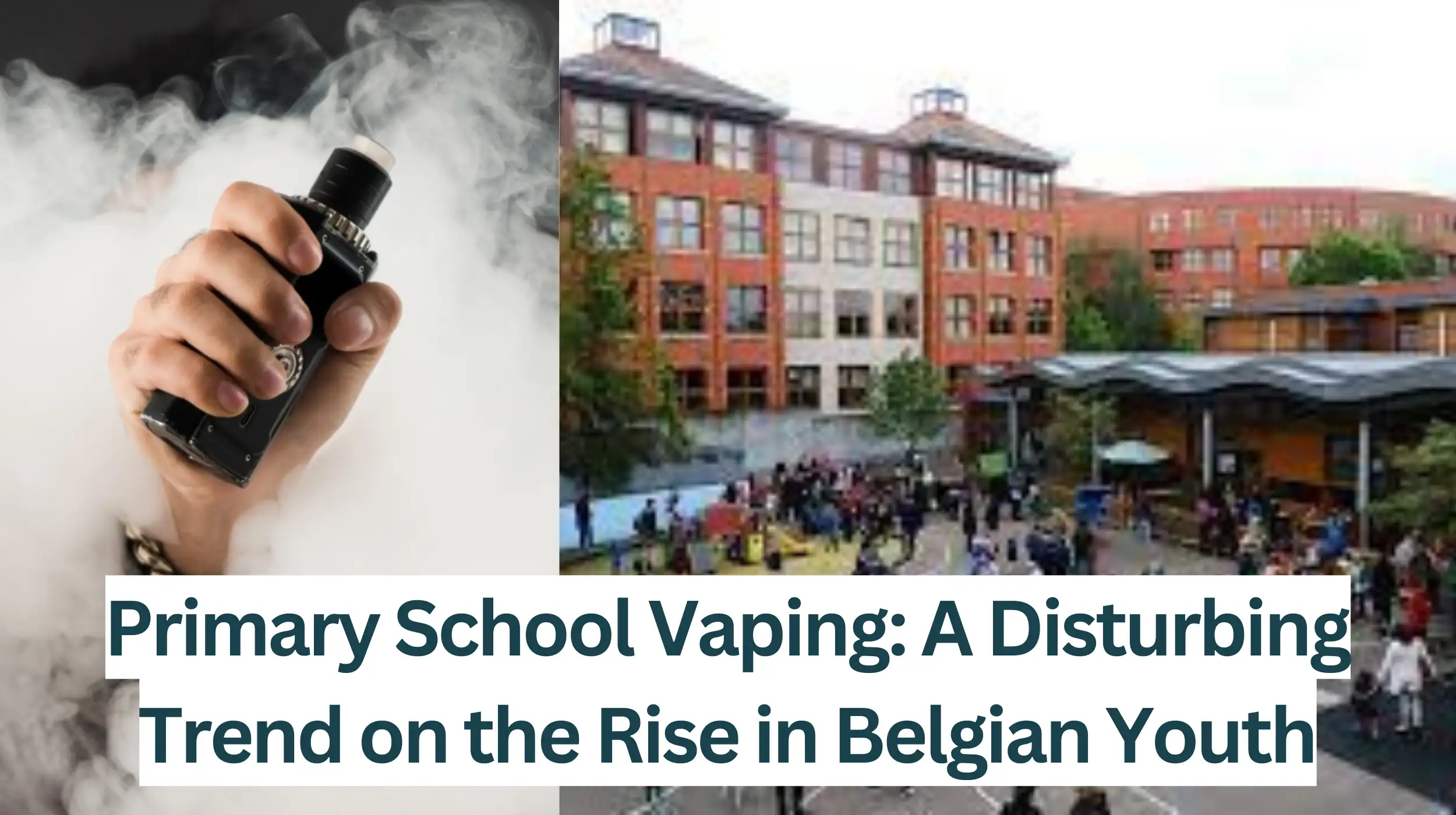Brussels (Brussels Morning) – Young people increasingly vape in secondary schools, worrying experts. Surveys reveal doubling rates, with 11% vaping regularly and 8% daily, surpassing smoking.
How Prevalent is Vaping Among Secondary School Students?
More and more young people in secondary schools admit that they vape. The situation is unimaginable, says Professor Filip Lardon head of the Centre for Oncological Research, who also gives information sessions on tobacco and vaping at secondary schools. Half of the young people from the fourth year of secondary school in an Antwerp school indicated that they vaped during a Lardon session this year. “The year before that was still 30 per cent.”
What are the Trends in Vaping Among Flemish Youth?
The fact that vaping is becoming increasingly popular among Flemish and Brussels young people is also evident from the results of a large-scale survey among secondary school students. The study was conducted by the Mijn Gedacht research group of professor of social epidemiology Guido van Hal (UAntwerp) and retired drug prevention coordinator Bernard Bruggeman.
They surveyed more than 11,000 fifteen to eighteen-year-olds from various disciplines. One in nine (11 per cent) of that age group vapes regularly, and 8 per cent even do so daily. That is double the number of young people who smoke (4 per cent). Lardon calls the results “probably an underestimate of reality”.
The results of the study show an increase compared to the latest figures from the Flemish Expertise Center for Alcohol and Drugs (VAD), which showed that 5 per cent of young people between the ages of 11 and 18 vape at least once a week. That was already a doubling compared to the previous survey from 2019. At the end of last year, the World Health Organization (WHO) also concluded that worldwide children between the ages of 13 and 15 consume more e-cigarettes than adults.
How Do Young People Perceive the Risks of Vaping?”
Lardon even notes that vapes have “invaded primary education.” Since this year, he has been asked more often to hold sessions for students in the second and third grades of primary school. “10 to 20 per cent of sixth graders readily say they vape. They don’t realize that it is harmful.”
The “My Thought” survey also shows that young people who vape do not know the risks. “It is striking how large the gap is between the behaviour of young people and their risk assessment. They think vaping is harmless. They mainly smoke disposable vapes, because they are cheaper and have attractive flavours,” says Bernard Bruggeman.
Professor Lardon also notes that “The vapes taste like apples, strawberries and pancakes. We can hardly blame teenagers for thinking it is a healthy snack.”
Are There Challenges in Educating Youth About Vaping Risks?”
Precisely because the young people surveyed cannot estimate the risks of vaping, the researchers note that prevention work faces major challenges. The Dutch program RTL Nieuws recently had disposable vapes that it had collected from secondary schools examined in a laboratory. It showed that disposable vapes contain more nicotine than legally permitted. In addition, toxic substances such as lead, acetone, iron and nickel were also found in the vapes.



